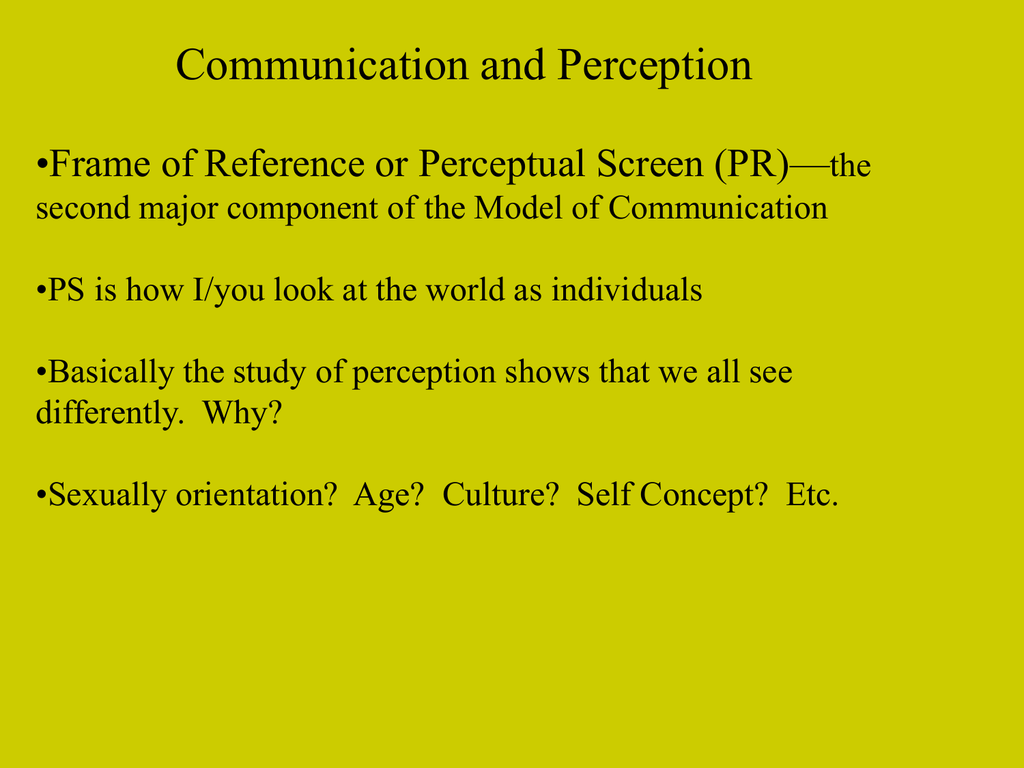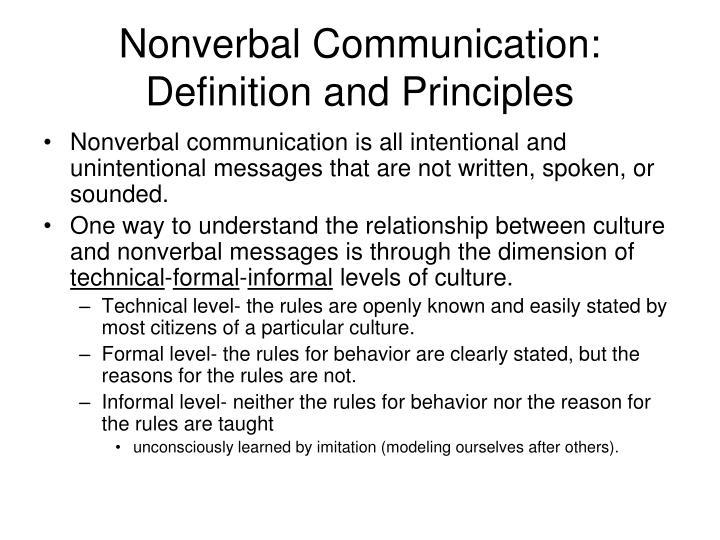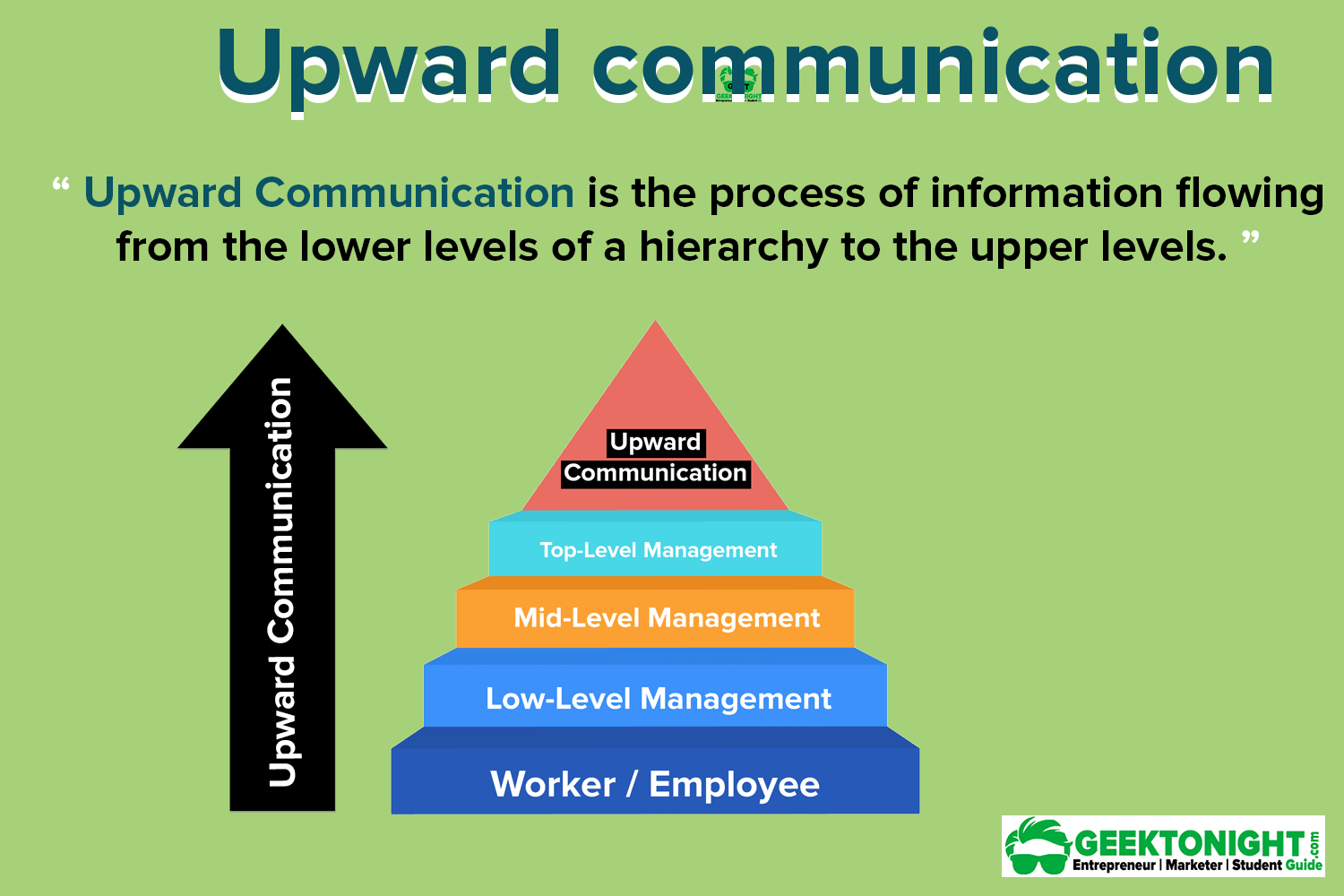



Our self-concept, or the way we think and feel about ourselves, strongly influences how we interpret the behavior of others.Our emotional state, or mood, strongly influences how we view people and events and therefore how we communicate.Psychological influences affect the way we perceive others.Neurobehavioral challenges refer to differences in perception that are rooted in neurology, and such conditions as AD-HD and bipolar disorder influence perceptions.Biological cycles, including variations in body temperature, sexual drive, alertness, tolerance to stress, and mood, affect the way we relate to each other.Hunger can affect perception and communication.Health and fatigue can have a strong impact on how one relates to others.Age allows for a greater scope and number of experiences, and developmental differences shape perceptions.The differences in how each person receives sensory information can affect interpersonal relationships.Physiological influences come from the physical environment and the ways that our bodies differ from others.How we select, organize, interpret, and negotiate information about others is influenced by a variety of factors.Negotiation is the process by which communicators influence each other's perceptions through communication, and one way to explain negotiation is to view interpersonal communication as the exchange of stories or narratives that we tell to describe our world.Assumptions about human behavior lead to interpretations.Relational satisfaction affects how positively one perceives their partner.Interpretation plays a role in virtually every interpersonal act, once we have selected and organized our perceptions and when several factors have been taken into consideration.Psychological constructs refer to internal dispositions.Interaction constructs focus on social behavior.Role constructs use social positions to organize perceptions.Physical constructs classify people according to their appearance.
#Perception definition in communication series#
Organization is the stage where selected information must be arranged in some meaningful way to make sense of the world through four types of schema to classify information and punctuation, which is the determination of causes and effects in a series of interactions.Selection is the first step in perception, and stimuli that are intense often attract our attention.There are four steps in the perception process whereby we attach meanings to our experiences.Second-order realities involve attaching meaning to first-order things or situations.First-order realities are physically observable qualities of a thing or situation.Reality is constructed, as we create our reality with others through communication.The perception process refers to how our perceptions affect our communication with others.


 0 kommentar(er)
0 kommentar(er)
